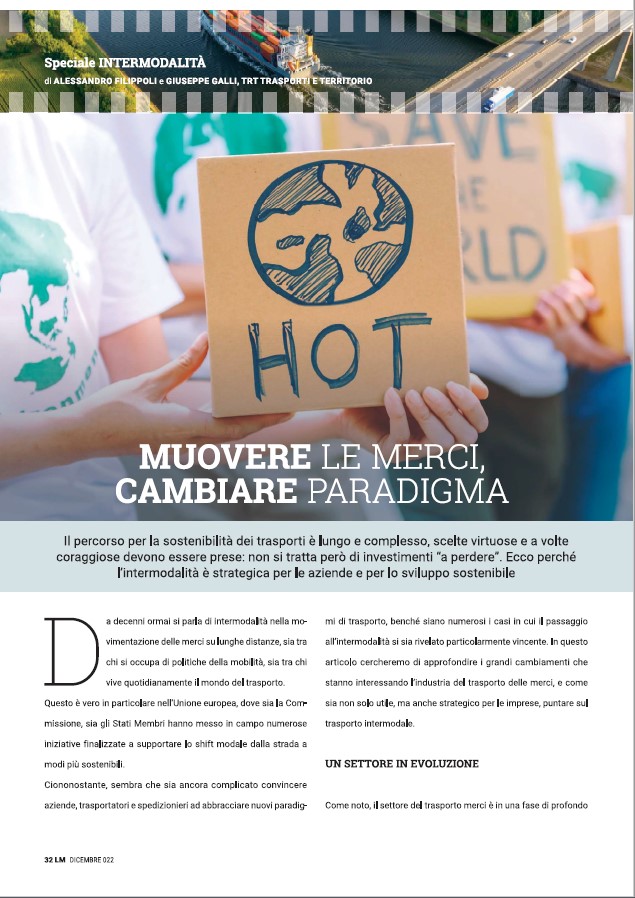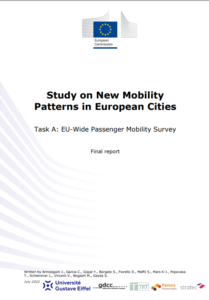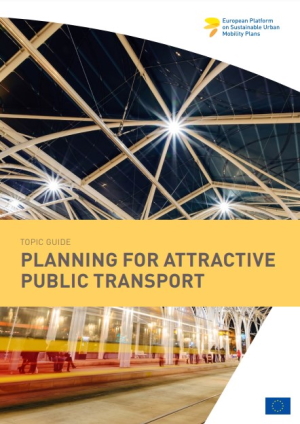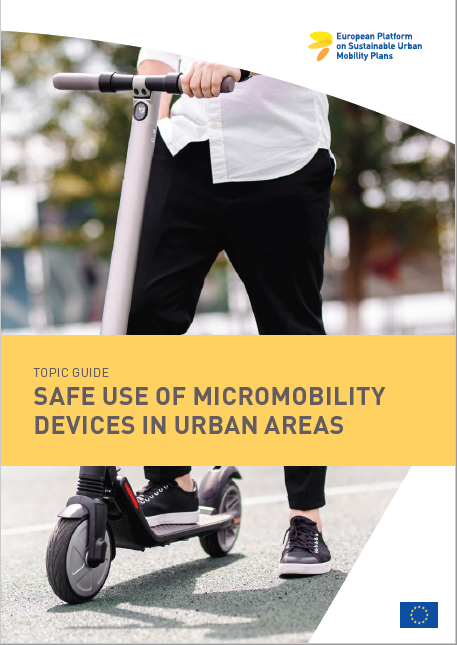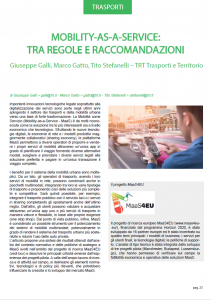Support study on the climate adaptation and cross-border investment needs to realise the TEN-T network

The implementation of the TEN-T policy and the completion of its core networks are vital for the economy, growth, and the socioeconomic and territorial cohesion of the European Union. Ensuring their climate resilience is equally important to prevent damage and socioeconomic losses caused by extreme weather events.
The impacts of climate change are already having significant repercussions in Europe. On multiple occasions in 2024, extreme weather events rendered transport systems unusable, destroyed infrastructure, and disrupted supply chains for extended periods.
TRT Trasporti e Territorio is pleased to announce the publication of the “Support study on the climate adaptation and cross-border investment needs to realise the TEN-T network” completed for the European Commission.
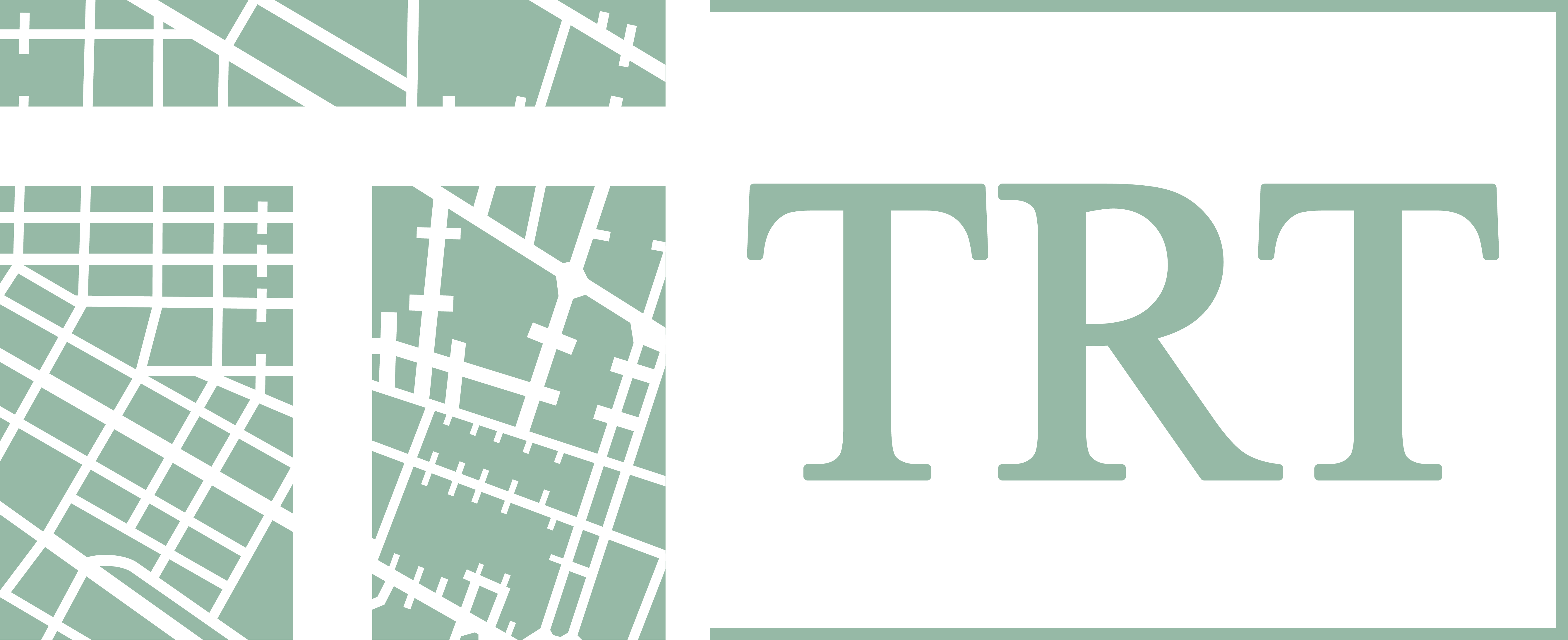
 TRT Trasporti e Territorio is pleased to announce that the second edition of the Study on the costs and benefits of the urban mobility transition has been published!
TRT Trasporti e Territorio is pleased to announce that the second edition of the Study on the costs and benefits of the urban mobility transition has been published! We are pleased to announce today’s publication of the new SUMP Topic Guide on Integrating Mobility Management for Public and Private Organisations into SUMPs, for which TRT is the main author.
We are pleased to announce today’s publication of the new SUMP Topic Guide on Integrating Mobility Management for Public and Private Organisations into SUMPs, for which TRT is the main author. Despite the acceleration of new mobility solutions and the increasing relevance of models in urban transport planning, particularly in the context of decarbonisation and climate neutrality, a clear, concise and up-to-date guidance document on modelling tools for the urban mobility planner’s community was missing.
Despite the acceleration of new mobility solutions and the increasing relevance of models in urban transport planning, particularly in the context of decarbonisation and climate neutrality, a clear, concise and up-to-date guidance document on modelling tools for the urban mobility planner’s community was missing.